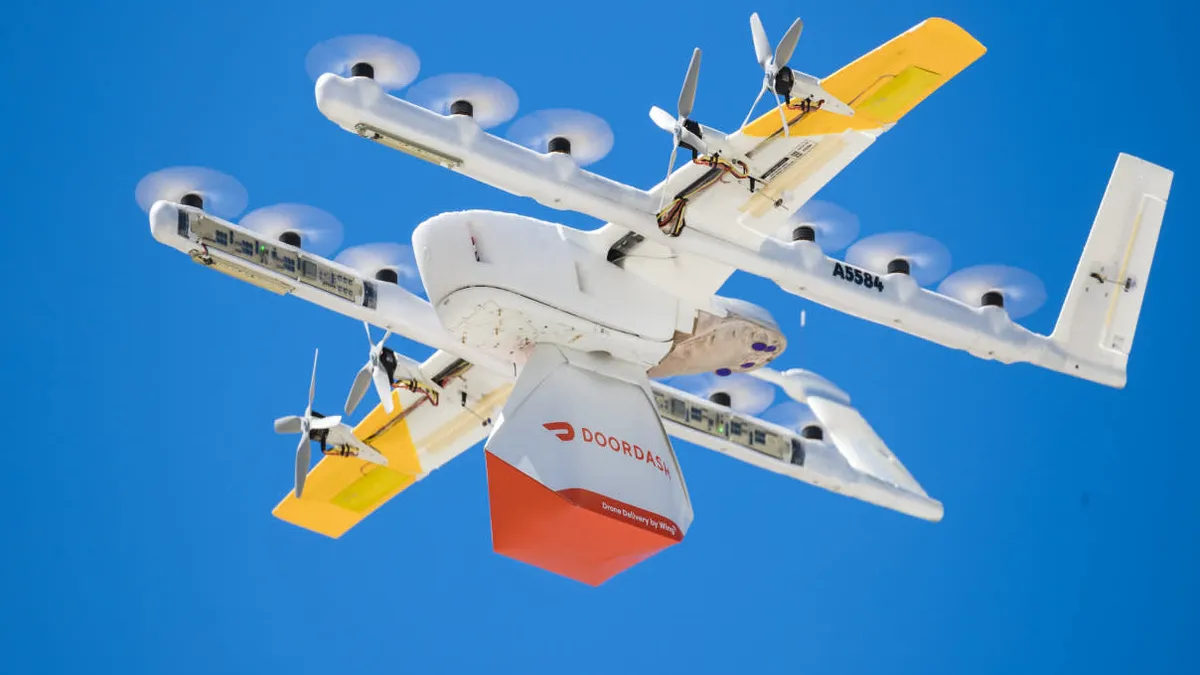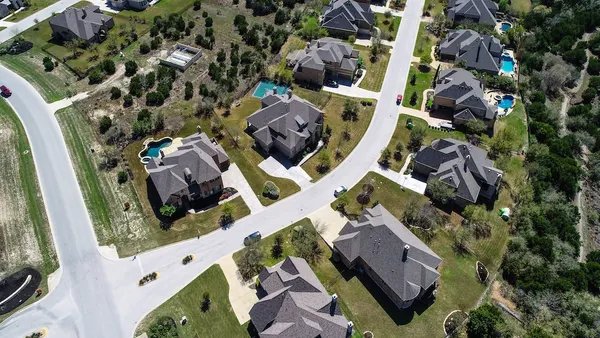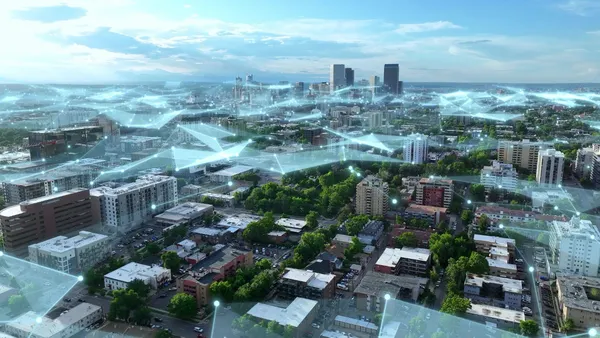Editor's Note: The following is a guest post from Albert Ahdoot, director of business development at Colocation America.
With over two-thirds of the global population projected to live in urban areas by 2050, stakeholders in cities around the world are facing pressure to prepare for the demands this urbanization will place on infrastructure. From greater usage of natural resources to increased ridership of public transportation, swelling urban populations will put even the most well-designed cities to the test.
This is where the smart city enters the picture. Powered by emerging technologies like the internet of things (IoT), smart cities aim to leverage data-driven capabilities to meet the challenges urban governments currently face — and the challenges they will face moving forward.
Whether it involves allocating resources more judiciously, managing infrastructure more strategically, or deploying first response teams more efficiently, smart cities are designed to take advantage of accurate, increasingly available information in ways that benefit nearly all of their residents.
While the idea of a smart city may once have seemed unrealistic, sophisticated networks of IoT devices, mature big data capabilities and advanced predictive analytics have brought it well within reach for many urban areas around the world. IDC expects investment in smart city infrastructure to hit $135 billion by 2021, up from an estimated $80 billion in 2018.
As smart city technologies gain steam and urban stakeholders consider the role they can and should play in their municipalities, it’s important to understand what makes smart city initiatives successful. In addition to proper funding and clear leadership, smart cities will depend on data infrastructures that are robust enough to deliver substantial value for governments, businesses and residents alike.
Data: The heart and soul of a smart city
IoT technology is essential for urban areas looking to invest in smart city initiatives. Thanks to advanced sensors and cutting-edge data integration platforms, a wide range of critical data points can now be made available to key decision-makers as they decide how to best manage urban resources, infrastructure and personnel.
This data is the heart and soul of smart city planning. By collecting actionable information, stakeholders in public and private organizations will be ideally positioned to handle unfolding events with greater confidence and accuracy. However, making the most of smart city technologies is about more than just collecting the right information; it depends on putting this data to good use — and doing so in the most efficient way possible.
For example, Columbus, OH received $40 million in federal funding for smart city initiatives with a transportation focus. City officials have divided this funding into fifteen Smart Columbus projects, one of which is the Smart Columbus Operating System. Rather than focusing exclusively on which pieces of hardware can be interwoven into the fabric of the city, the operating system aims to synthesize data drawn from a variety of smart sensors around the city and make this information available to application developers and smart city researchers.
While IoT-enabled hardware will play an essential role in emerging smart cities, Columbus has shown that it is data — especially how we use it and how we share it — that will enable stakeholders to boost the ROI of these initiatives. By collecting, storing, and managing smart city data in the most strategic way possible, urban stakeholders will be able to make smart cities functional sooner rather than later.
What smart cities mean for data center infrastructure
Implemented properly, smart city technology can help municipal governments manage city resources more effectively and meet the needs of a growing populace. Before these capabilities are brought online, however, key players will need to ensure their existing infrastructure is capable of meeting the exacting demands of smart city technologies.
Most pressingly, cities embedded with networks of information-gathering sensors and other next-generation hardware must have the requisite data processing power to make information actionable. Whether a city’s goal is to share data with public and private organizations, use it to facilitate autonomous decision-making in smart devices, or some combination of the two, the right data center infrastructure will be an essential component of success. Without it, data gathered throughout the city will lose value, and opportunities to create new efficiencies will be wasted.
Processing the data collected by smart technologies ranging from street lamps and parking meters to garbage trucks and power stations will require implementations of things like machine learning. Such artificial intelligence-based approaches are able to process incoming information, make autonomous decisions, and deliver results to those who need them with superhuman efficiency.
When it comes to providing first responders with up-to-date information, it’s crucial that data gathered by a variety of sensors can be processed, analyzed, and delivered in real time — a task to which machine learning is uniquely well-suited.
To support these kinds of cutting-edge computing technologies, IT experts and urban decision-makers will need to invest in a wide range of solutions. While traditional centralized data centers will still be an important part of any smart city’s digital computing infrastructure, smaller decentralized data centers spread across an entire urban area will be an essential supplement to a smart city’s processing power.
From server colocation to edge computing, urban stakeholders have a number of options at their disposal that can help them set up the server infrastructure necessary to enable a smart city to function properly. Ultimately, smart city decision-makers have the opportunity to meaningfully impact the lives of millions of residents. Making this kind of impact, however, will arguably depend more than anything else on making the right investments in data center infrastructure.

















